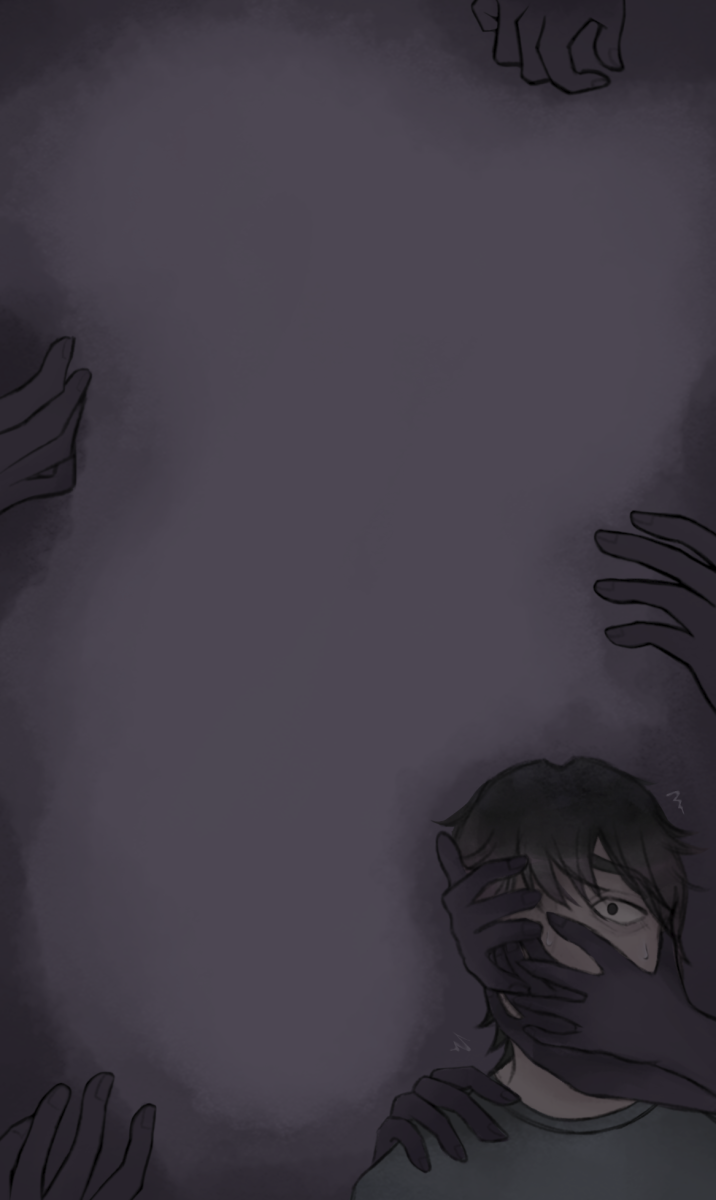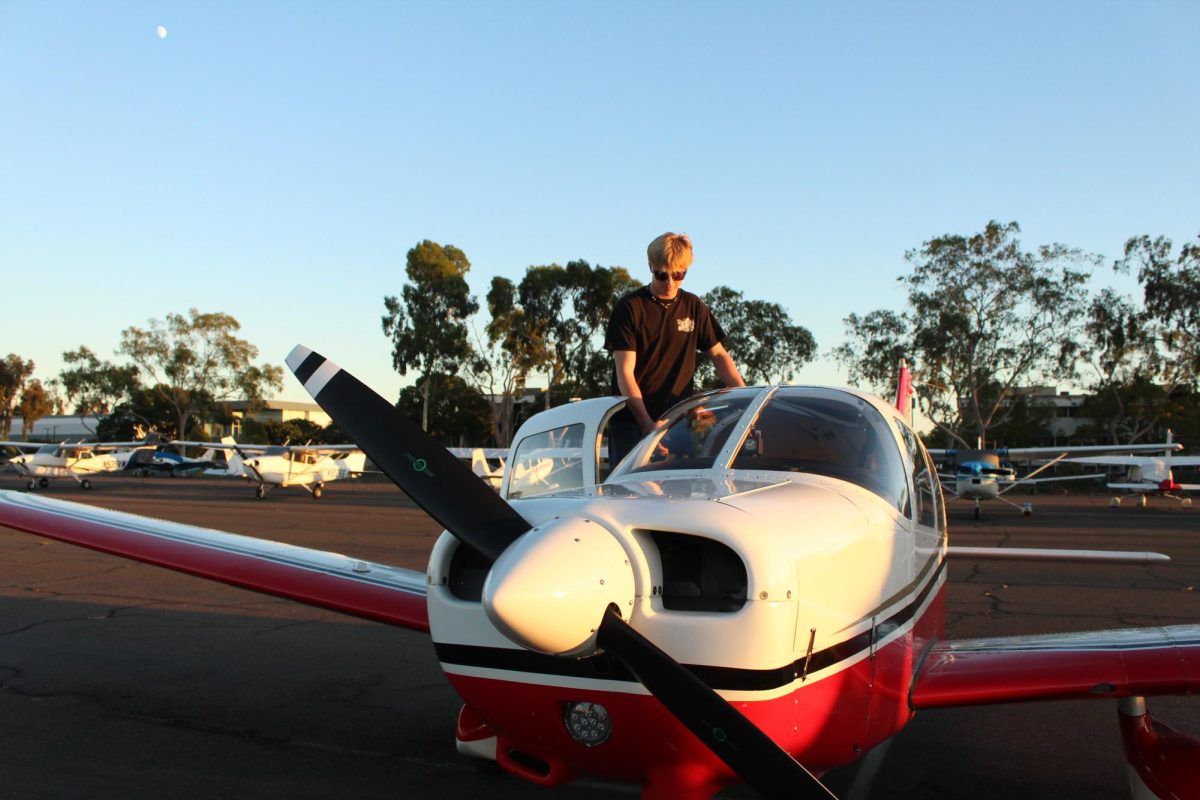
After preparing for an entire week for the Mt. San Antonio College relay competition, Kamila Nava (11) felt overwhelmingly excited to compete in the 4×1600 meter relay. Grabbing hold of the baton, she sprinted as a wave of euphoria washed over her. She felt happy, she felt light, she felt her runner’s high.
In an article published by Johns Hopkins Medicine, runner’s high was described as “a short-lasting, deeply euphoric state following intense exercise.”
“You’re using all of your body to help you move and you’re just free,” Nava said. “All I hear is my breath [and] the light steps that I’m taking, and I get into this little groove. I’m tired obviously, and I’m in pain, but it’s euphoric.”
According to research, frequent exercise, especially in running, strengthens the brain’s reward system. This increases endorphin release and affects endocannabinoids (a type of neurotransmitter), which generally invokes feelings of joy, hope, and sometimes leads to athletes experiencing a runner’s high during exercise.
Runner’s high is far from an everyday occurrence. According to a random sample taken by the National Institutes of Health (NIH), only around 69% to 77% of people have experienced runner’s high at least once in their life. James Hilton (11), who estimates he’s done hundreds if not a thousand runs throughout his seven years in the sport, has experienced runners high no more than a dozen times.
Every time it does happen, however, there’s always one constant: the relief of runner’s high only kicks in after Hilton pushes himself during the most painful parts of his runs.
“When I’m pushing [myself] on a run, [and] my legs start to hurt, and my lungs hurt, that’s when I hit the runner’s high,” Hilton said. “I just get super in the zone and the run doesn’t hurt. The time is just flying and then it just feels like I’m running really fast and it’s easy.”
A report published by the Cleveland Clinic said that the brain releases endorphins whenever the body feels pain or stress, which can, in high enough amounts, essentially dull the pain and allow the body to continue functioning. According to Hilton, whenever he experiences runner’s high, it pushes him to go further.
“I like to run fast, and when I get [runner’s high], it’s easier to run fast,” Hilton said. “It’s also just nice to not be hurting so bad during the long runs because it always seems to happen on runs that hurt the worst. After six miles of [my body] hurting, and then for it to not hurt, that’s a little relieving.”
Nava said that getting runner’s high is one of the many reasons why she loves running.
“You see the different plants, you feel the air,” Nava said. “You’re aware of your surroundings. I get happy. I feel like I’m doing what I’m supposed to be doing.”
According to a 2012 report released by the NIH, the calmness experienced during runner’s high can be attributed to the activity of endocannabinoids which can help control anxiety levels.
In Hilton’s case, his mind goes quiet.
“It kind of seems like everything else just is faded almost,” Hilton said. “When I’m running, during the beginning there’s always tons of thoughts in my brain, and during the end of runs there’s always tons of thoughts in my brain, but during the middle — and that’s always when I get the runner’s high — it’s just no thoughts. It’s just like you’re in the zone, and it is peaceful.”
Similarly, Nava said she would go on runs to help boost her mood and clear her mind. Even when she didn’t get runner’s high, running itself felt liberating.
“Before I did track, my dad would take me to the [running] track when I would cry and when I wasn’t feeling good, and I would just sprint,” Nava said. “My head would start swiveling and I just felt like I was dancing. I felt free.”
According to Nava, experiencing runner’s high is an incomparable feeling.
“[Runner’s high] does exist and it’s probably one of the best feelings ever,” Nava said. “Humans are meant to move. We’re meant to let our bodies be free. Whenever I run, I chase to have that feeling and I really wish everyone could feel it.”












